Introducing the IM10 & IM15: VODA IQ’s Versatile PIT Tag Implanters
At VODA IQ, we’re committed to providing the conservation and research community with tools that are not only innovative and reliable but also economically sensible. Our IM series implanters, the IM10 and IM15, embody this commitment. These syringe-style implanters are designed for the precise and efficient deployment of PIT Tags, a critical component in wildlife research and conservation efforts. Let’s explore the features of these two products and understand why offering two different sizes optimizes tagging efforts across various species and tag sizes.
Features of the IM10 and IM15 Implanters
The IM10 and IM15 implanters are built with functionality and user experience in mind. Both models feature a built-in push rod system that ensures smooth and accurate tag deployment. This system is designed to minimize stress on both the operator and the animal, making the tagging process as efficient as possible.
One of the key advantages of the IM series is the replaceable needles. This feature ensures that each tagging session can be conducted with a sharp needle, crucial for quick and clean insertions. Maintaining sharp needles not only improves the precision of tag placement but also reduces the potential for infection at the insertion site and decreases tag shedding.
IM10: Designed for Larger Tags
The IM10 implanter is compatible with N12-12 gauge needles and is specifically designed for deploying 12 mm tags. This model is ideal for tagging larger species where a larger tag is necessary for effective tracking and study. The larger gauge needle facilitates the insertion of the bigger tag, ensuring it is securely and safely embedded within the animal. The IM10 implanter is also compatible with our N6 and N3 needles used for 23mm tags and OregonRFID 14mm and 23mm tags.
IM15: A Flexible Option for Smaller Tags
Conversely, the IM15 is tailored for use with N15-15 gauge needles, which are slightly smaller and used for implanting 8 mm and 9 mm tags. This implanter is perfect for studies involving smaller species or juvenile animals where a smaller tag is sufficient and less invasive. The IM15’s design considers the delicate balance required to effectively tag smaller species without compromising the tag’s performance or the animal’s wellbeing.
Why Two Different Sizes?
Offering two different sizes of implanters allows researchers to choose the most appropriate tool based on the specific needs of their study. The size of the tag often depends on the species being studied, the duration of the study, and the data required. By providing options, VODA IQ ensures that researchers can select an implanter that maximizes tag retention and minimizes impact on the animal.
These different sizes also accommodate the physical differences in needle gauge needed for different tag sizes, which is crucial for ensuring that the tagging process is as humane and effective as possible. The choice between the IM10 and IM15 allows for precision in tagging applications, ensuring that researchers can carry out their work with the utmost confidence in their equipment.
Economical and Popular
Both the IM10 and IM15 implanters are priced in a way that makes them accessible to a wide range of budgets, reflecting VODA IQ’s commitment to supporting research and conservation efforts globally. Their popularity within the community is a testament to their effectiveness and affordability.
Conclusion
The IM10 and IM15 implanters from VODA IQ are essential tools for researchers looking to deploy PIT Tags efficiently and humanely. By offering two different sizes, VODA IQ caters to the diverse needs of the wildlife research community, ensuring that every project is equipped with the best possible tool for their specific tagging needs. Whether working with larger mammals or smaller amphibians, the IM series implanters provide researchers with reliable, price-friendly options that uphold the highest standards of animal welfare and data integrity.

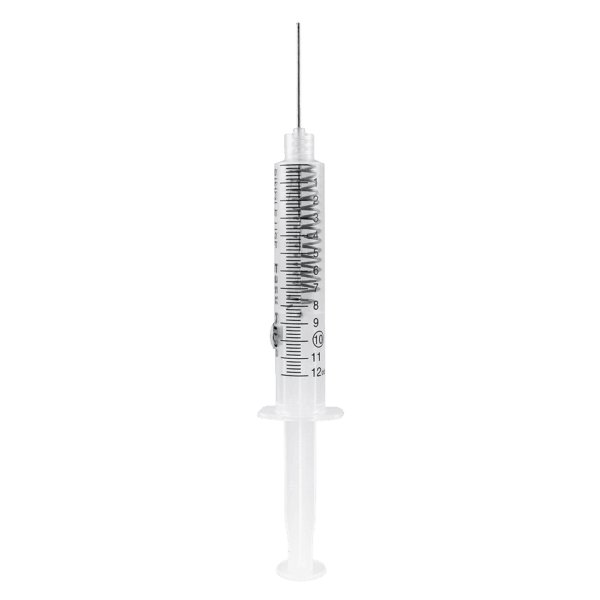
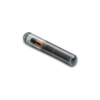

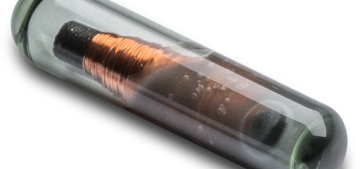
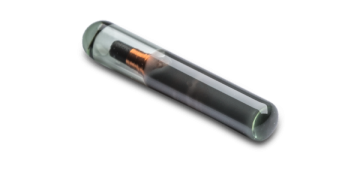
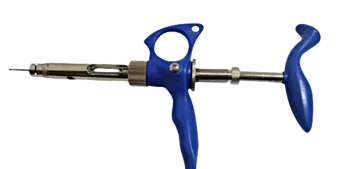
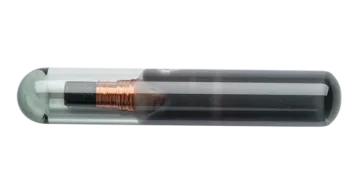

Add comment